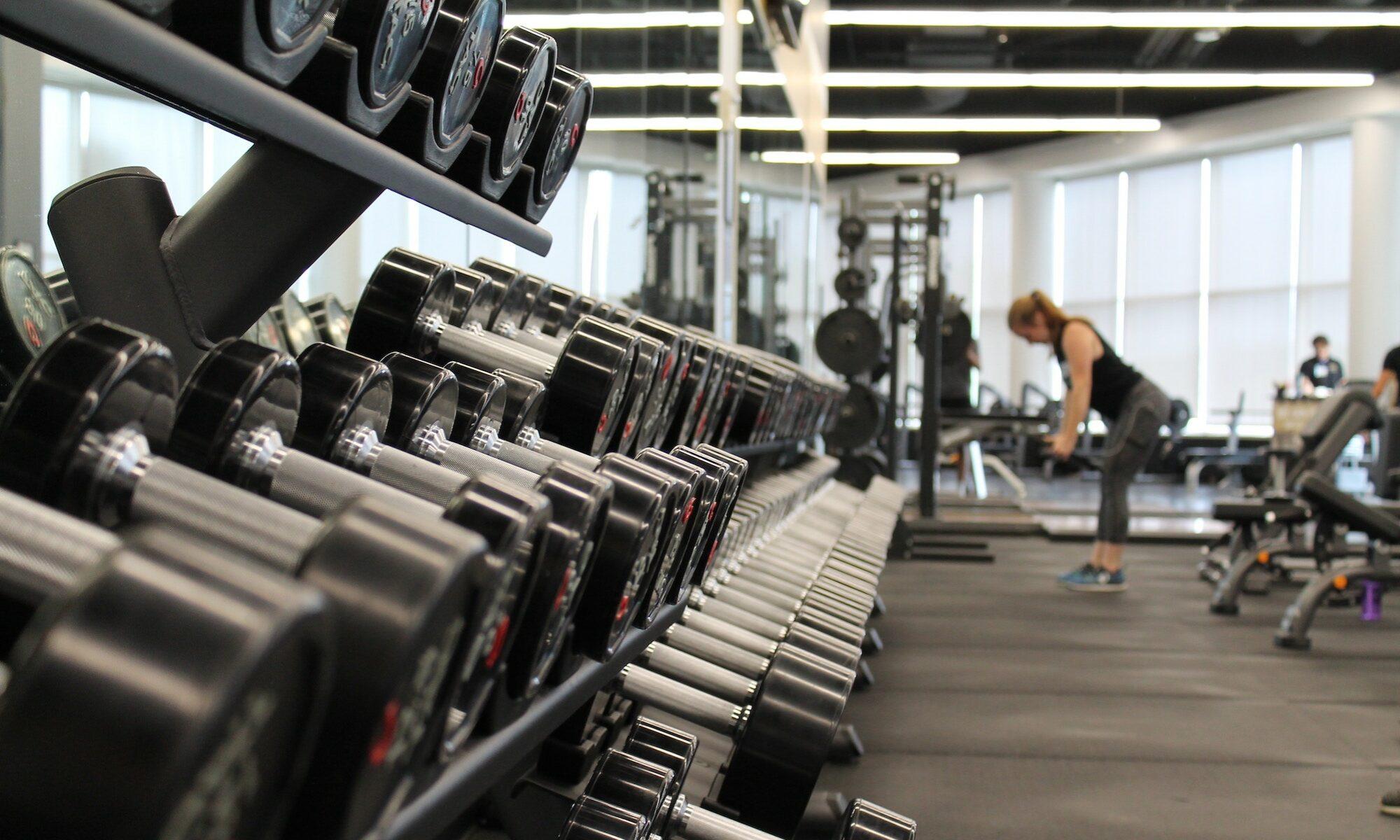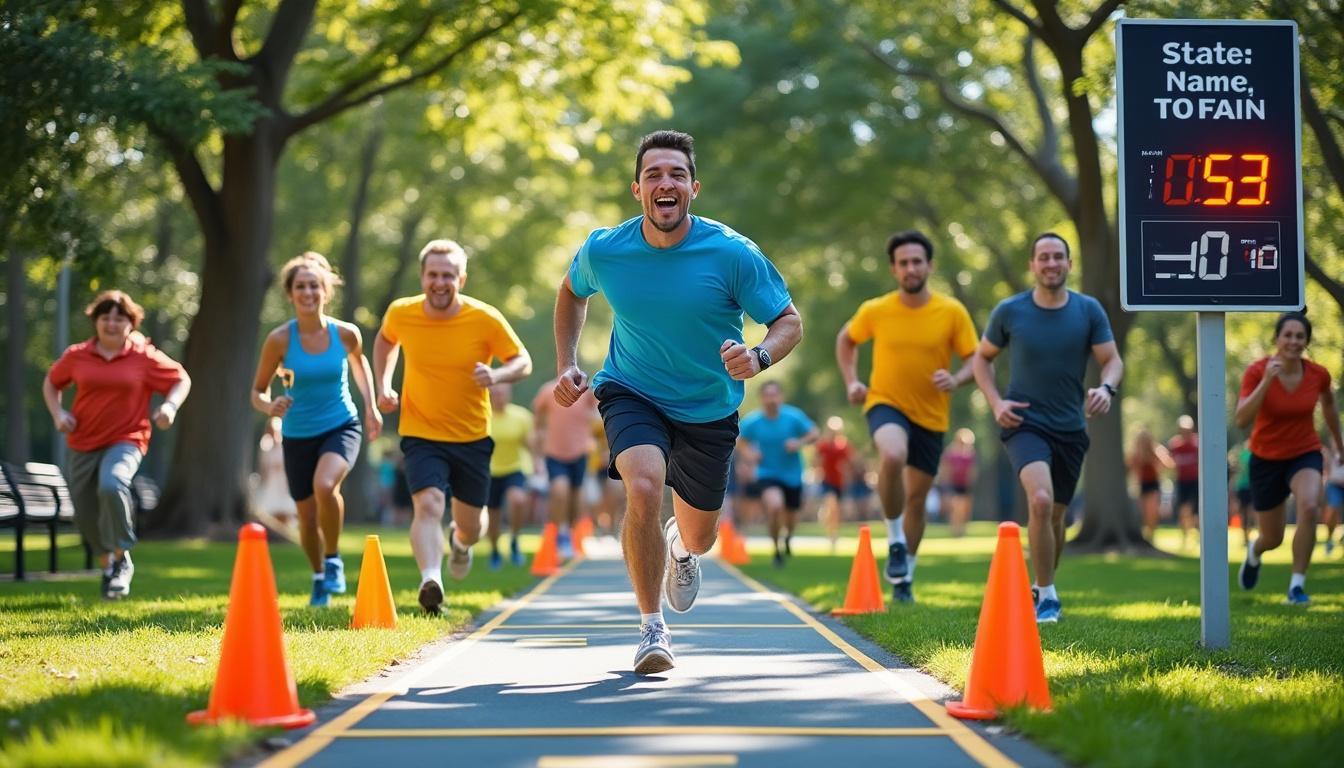For many Americans, the phrase “Presidential Fitness Test” instantly recalls the days of childhood lanes marked by cheering gym teachers and the echo of sneakers pounding on gym floors. The test, that once ubiquitous measure of youth physical ability, is officially making a comeback, reigniting memories of mile runs and push-up challenges that defined school-based fitness culture for decades. As the nation prepares for renewed emphasis on physical education amid rising concerns about childhood health, the revival brings renewed hope—and some healthy skepticism—into how schools will engage the next generation in lifelong fitness habits.
The History and Evolution of the Presidential Fitness Test: A Foundation of Youth Fitness Standards
Since its inception in the late 1950s, the Presidential Fitness Test has played a critical role in promoting physical fitness among American youth. Originating during a time when national security concerns overlapped with health, the test was first introduced under President Dwight Eisenhower’s administration as part of a broader initiative to improve youth fitness amid Cold War tensions. Its roots trace back to the Kraus-Weber test, a suite of exercises created in the 1940s to evaluate core strength and flexibility.
The test gained widespread adoption after data revealed a stark disparity: 58% of American children failed at least one component of the test compared to less than 10% in several European countries. This alarming statistic spurred national efforts focused on youth physical education, culminating in the establishment of the President’s Council on Youth Fitness in 1956.
Throughout the 1960s and beyond, presidents including John F. Kennedy and Lyndon B. Johnson championed physical education, advancing the fitness test’s reach. Kennedy, notably, launched public campaigns encouraging vigorous outdoor activities such as 50-mile hikes to build endurance and toughness. The test itself evolved to include a variety of challenges assessing strength, endurance, flexibility, and agility—including the mile run, push-ups, sit-ups, shuttle runs, and sit-and-reach exercises.
However, by the early 2010s, the test faced increasing critiques around its one-size-fits-all nature and potential to stigmatize less athletic students. The Obama administration phased out the test in favor of the Presidential Youth Fitness Program, which emphasized health-centered assessments over pure athleticism. This shift marginalized competitive metrics in favor of personalized progress.
- Initial purpose: Promote national youth fitness amid geopolitical tensions
- Evolution of test exercises from simple core strength to diverse endurance and skill challenges
- Shift from competition to individual health focus in 2013
- Introduction of the Presidential Youth Fitness Program emphasizing holistic fitness
| Era | Key Developments | Focus |
|---|---|---|
| 1940s | Kraus-Weber test introduced measuring core strength and flexibility | Physical fitness evaluation |
| 1956 | President’s Council on Youth Fitness established | National fitness promotion |
| 1960s – 2013 | Presidential Fitness Test becomes a school fixture | Physical endurance, strength, competition |
| 2013 – Present | Shift to Presidential Youth Fitness Program | Holistic health and individualized assessments |
Trump’s Executive Order Revival: What the New Presidential Fitness Test Means for American Schools
In a significant move in 2025, President Trump signed an executive order that officially brings back the Presidential Fitness Test, signaling a renewed investment in youth fitness across the nation. The order calls for the reestablishment of the President’s Council on Sports, Fitness, and Nutrition, under the leadership of Health and Human Services Secretary Robert F. Kennedy Jr., who advocates for combating the childhood inactivity crisis.
The test is expected to include classic activities such as push-ups, the mile run, shuttle runs, and other physical challenges. Its competitive legacy returns as students placing above the 85th percentile could earn the Presidential Fitness Award—reviving a tradition that encourages goal-oriented youth fitness. However, details on the precise exercise components and testing protocols remain forthcoming as councils develop new criteria.
The decision to revive this test aligns with alarming national statistics: increasing rates of childhood obesity, chronic disease, and physical inactivity threaten national health and military readiness. Particularly notable is the symbolic reinstatement of the test ahead of significant national events like America’s 250th birthday in 2026 and the hosting of the FIFA World Cup, moments demanding both vigor and patriotism.
- Signing of the executive order in early 2025
- Reactivation of the President’s Council on Sports, Fitness, and Nutrition
- Anticipated return of core activities like mile run and push-ups
- Presidential Fitness Award reinstated to motivate high achievers
- Focus on combating childhood obesity and inactivity trends
This move has sparked debate throughout educational and fitness communities. Many welcome the return as an opportunity to refocus efforts on combating the “childhood chronic disease crisis,” but others urge caution, emphasizing that the new test must prioritize inclusivity and mental well-being.
| Feature | Earlier Test | Expected Revival |
|---|---|---|
| Administration | National schools (ages 10-17) | Wider adoption expected, potential inclusion of more grades |
| Exercises | Mile run, push-ups, sit-ups, shuttle run, sit-and-reach | Likely similar, with potential modifications to increase inclusivity |
| Rewards | Presidential Fitness Award for top percentiles | Award to be reinstated, reinforcing competition |
| Focus | Competition and physical performance | Balance between competition and health education |
Balancing Tradition and Progress: Addressing Critiques and Mental Health Concerns in the Fitness Test’s Return
While the Presidential Fitness Test is celebrated for its historical role in encouraging physical activity, it’s also been criticized for inducing anxiety and embarrassment among students who struggle. The challenge for educators in 2025 is to resurrect the beneficial competitive elements while fostering a supportive environment that encourages all students regardless of current fitness levels.
Joanna Faerber, a veteran physical education teacher in rural Louisiana, reflects on the mixed emotions among her peers following the announcement. She acknowledges that while awareness of childhood obesity and inactivity is crucial, measuring fitness must be done thoughtfully. “Fitness assessments should be tools for growth, not judgement,” she advocates.
The mental health implications are significant: students subjected to timed or comparative fitness tests often develop long-lasting body image concerns and related stress. Nowadays, physical education experts emphasize comprehensive wellness—integrating nutrition, physical activity, and mental well-being into school curricula.
- Concerns over test-induced anxiety and humiliation
- The importance of inclusivity and individual progress tracking
- Integrating mental health awareness within physical fitness programs
- Educator support and professional development are essential
- Bridging the gap between tradition and modern holistic fitness
To meet these challenges, schools are exploring blended models using modern fitness assessment tools like FitnessGram, which focuses on personalized health indicators rather than strict competition. This reflects a larger trend where brands like Nike, Adidas, and Under Armour collaborate with schools, offering motivational equipment and fitness technology designed to encourage participation and confidence among all students.
| Criterium | Challenges with Historic Test | Modern Solutions |
|---|---|---|
| Student Impact | Stress, body image issues, peer pressure | Emphasis on individual progress and encouragement |
| Assessment Style | Unified benchmarks, competitive rankings | Health-based metrics tailored to individual needs |
| Teacher Resources | Limited training and support | Professional development and modular resources |
| Motivation | Competition-driven, sometimes discouraging | Goal-setting and positive reinforcement |
How the Presidential Fitness Test Revival Fits into Today’s Fitness Culture and Sports Industry
The revival of the Presidential Fitness Test intersects perfectly with today’s booming fitness and sports ecosystem, influenced heavily by brands such as Reebok, Puma, New Balance, Asics, Brooks, Saucony, and Champion. This synergy presents ample opportunities for schools to connect youth fitness initiatives with popular culture trends and professional sports, thereby heightening student engagement.
These brands not only provide high-quality apparel and footwear tailored for young athletes but also invest in programs and technologies encouraging healthy lifestyles. For example, incorporating running shoe technology or smart wearable devices can help students track their progress in mile runs or endurance drills, making fitness more interactive and data-informed.
Moreover, collaborations between schools and local gyms or sports teams have become more common, leveraging community engagement to reinforce fitness values. The reintroduction of the Presidential Fitness Test dovetails with such movements, offering schools a structured platform to propel these efforts forward.
- Integration of branded fitness gear and technology in school programs
- Opportunities for community engagement through school-athlete partnerships
- Motivational power of renowned sports brands in youth fitness
- Use of fitness tracking apps and wearables to gamify performance
- Support for lifelong fitness habits from a young age
As America aims to celebrate significant milestones, like the FIFA World Cup in 2026, leveraging such cultural momentum is vital. The test’s revival is not just about measuring ability but inspiring a generation to lead physically active lifestyles, reinforced by strong brand partnerships.
| Brand | Contribution to Youth Fitness | Notable Collaborations |
|---|---|---|
| Nike | Innovative footwear and training programs | School sports gear sponsorships nationwide |
| Adidas | Apparel and community fitness initiatives | Working with youth clubs for athletic development |
| Under Armour | Performance wear and digital fitness apps | Technology-driven fitness challenges in schools |
| Reebok | CrossFit youth programs and running shoe designs | Grassroots youth fitness campaigns |
| Puma | Sportswear and school-based fitness partnerships | Collaboration with PE teachers for curriculum support |
| New Balance | Running shoe innovation and community running events | Programs encouraging sustainable fitness habits |
| Asics | Running technology and fitness education support | Partnerships with school health programs |
| Brooks | Running shoe technology and motivation campaigns | Events promoting youth running leagues |
| Saucony | Endurance gear and youth fitness advocacy | Community races and fitness education |
| Champion | Affordable durable athletic wear for schools | Corporate support for physical education grants |
Brands play a key role in enhancing school programs, offering an exciting bridge between tradition and modern fitness demands. Their participation motivates young people to embrace physical challenges while fostering a connection to broader athletic culture.
Practical Steps Schools Can Take to Effectively Implement the New Presidential Fitness Test in 2025 and Beyond
With the official return of the Presidential Fitness Test, schools face both an opportunity and a responsibility to create a supportive, effective framework that maximizes benefits for their students. The following strategies focus on inclusivity, motivation, and health-oriented fitness to meet contemporary needs.
- Comprehensive Teacher Training: Investing in professional development to equip educators with skills to administer tests sensitively and provide constructive feedback.
- Use of Modern Fitness Assessment Tools: Incorporating tools like FitnessGram to measure aerobic capacity, flexibility, muscular strength, and body composition tailored to individual student health.
- Regular Physical Activity Opportunities: Ensuring students have ample time beyond testing days to engage in daily exercise, fostering habits rather than just test preparation.
- Student-Centered Goal Setting: Encouraging youth to track progress personally and celebrate improvements, not just competitive landmarks.
- Collaborations with Sports Brands: Partnering with companies such as Nike, Adidas, and Under Armour to provide motivational gear and resources that enhance participation.
Moreover, schools should engage parents and communities to amplify support, creating an environment where fitness is encouraged holistically. Calls for balanced nutrition, mental health consideration, and active lifestyles must accompany the test. The Presidential Fitness Test could be a pivotal tool—but only when embedded within a broader culture of health and well-being.
| Implementation Area | Recommended Actions | Expected Outcomes |
|---|---|---|
| Educator Support | Provide ongoing training, resources, and mental health education | Improved test administration, reduced student anxiety |
| Fitness Monitoring | Utilize technology and comprehensive assessments | Personalized student progress and motivation |
| Student Engagement | Set individual goals and celebrate achievements | Higher participation and positive attitudes |
| Community Partnerships | Collaborate with local gyms and sports brands | Expanded resources and role models for students |
| Holistic Wellness | Integrate nutrition, mental wellness, and active lifestyle education | Enhance overall child health beyond fitness metrics |


